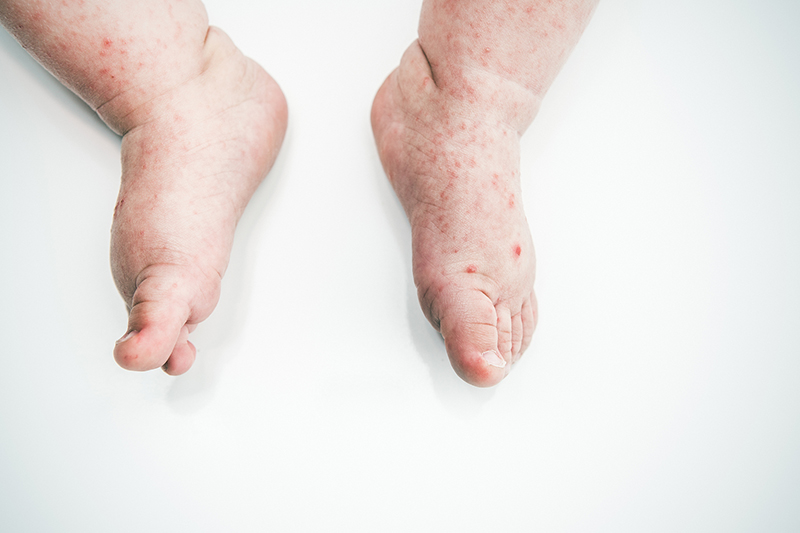Families For Life | Blisters-Toddlers

Blisters look like bubbles on your child’s skin. They can be big or small. They’re usually full of clear fluid, but can sometimes be filled with pus or blood. Blisters usually heal by themselves.
Causes of blisters
Children get blisters when fluid builds up under their skin. This happens because of damage to the skin. The most common cause of a ‘water blister’ is friction – for example, new shoes rubbing against the back of your child’s heel.
Other common causes of blisters include burns (including sunburn). Your child could also get blisters with insect bites and contact dermatitis, too.
Blisters are often caused by viral infections like chickenpox, cold sores and hand, foot and mouth disease. Bacterial infections like impetigo can cause blisters too.
When to see your doctor about blisters
You should take your child to the General Practitioner (GP) if:
the blister is filled with yellow-greenish fluid (pus), or the surrounding skin is red, warm, swollen or tender, because this might mean that the blister is infected
your child has lots of blisters and a fever
your child isn’t well.
Blister treatment
Small blisters usually heal by themselves, so you can just put a bandaid on them.
But some blisters can be very large and uncomfortable. They might take a long time to heal, because the fluid inside the blister slows down the healing process.
If your child has a big, uncomfortable blister that hasn’t broken by itself, you can take the following steps:
Prick the side of the blister with a sterile needle – run the needle under hot water or use an alcohol wipe to sterilise it.
Gently massage the fluid out. Smooth the thin covering of skin down over the base of the blister so it can act as a natural ‘bandaid’.
Cover with a non-stick, dry dressing.
Repeat as needed.
After this blister treatment, the blister should dry up in a few days and a crust will form. Let this crust peel off naturally.
If your child has a blister caused by shoes, it can help to have your child wear open shoes, or shoes that don’t press on the blister.
Blisters caused by other things might need specific treatment, such as antibiotics for impetigo or antivirals for severe cold sores.
Prevention of blisters
Make sure your child wears shoes that are neither too tight nor too loose. If your child has new shoes, put sticking plaster on the back of her heels for the first week, until she ‘breaks in’ the shoes.
© raisingchildren.net.au, translated and adapted with permission
Explore more